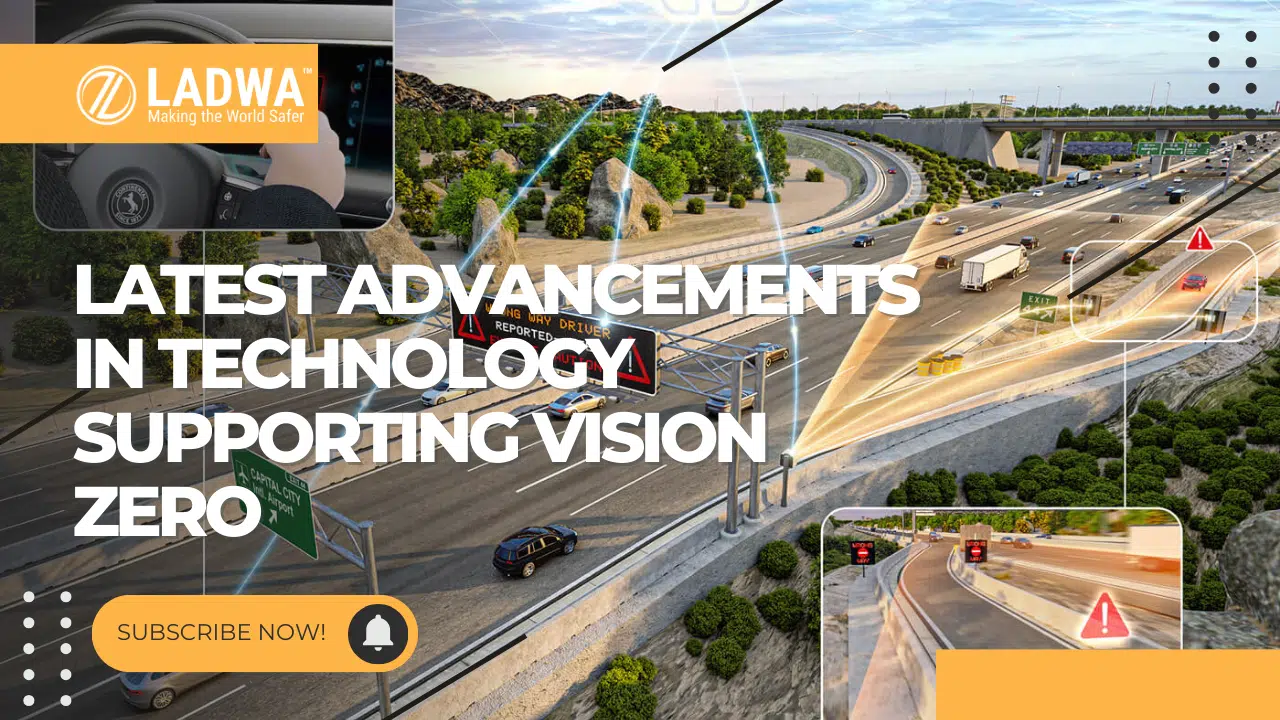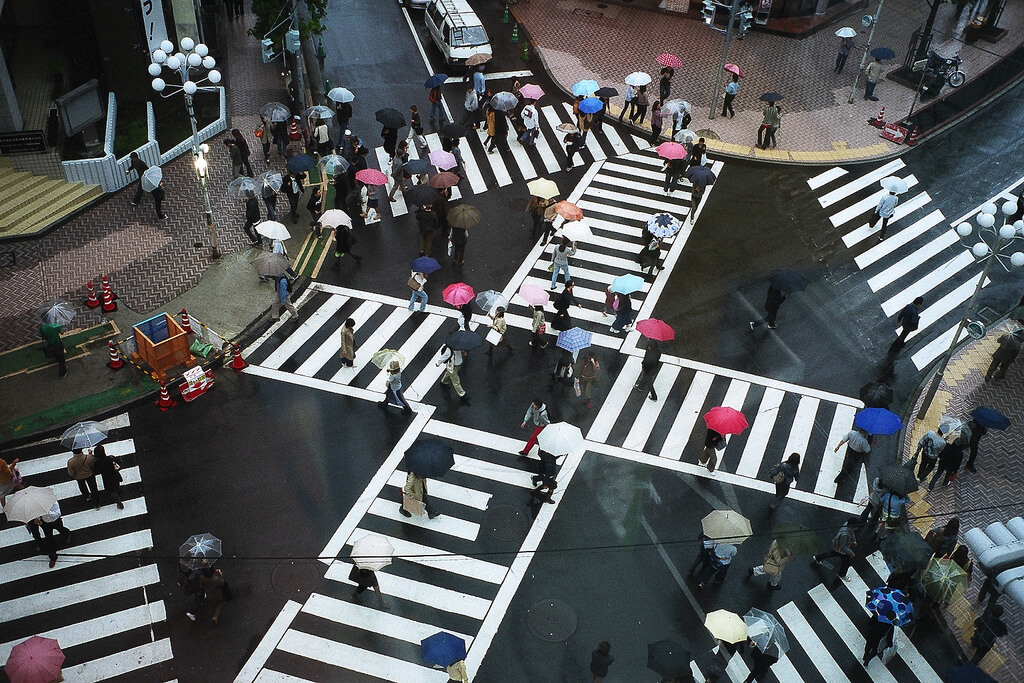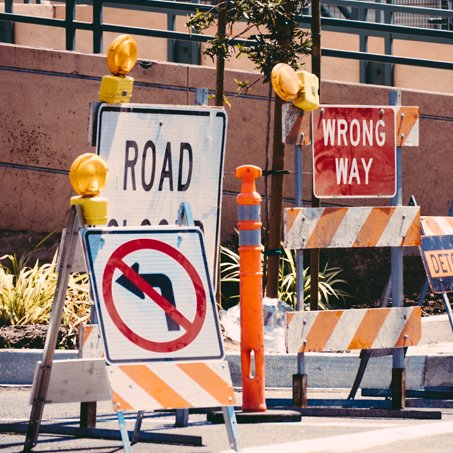Introduction
As cities worldwide strive to improve road safety, Vision Zero—a global initiative with the goal of eliminating traffic-related fatalities and serious injuries—has gained significant momentum. Originally conceived in Sweden, this ambitious goal is now being pursued by communities around the globe, driven by the belief that no loss of life on the road is acceptable. Today, advancements in technology are playing a pivotal role in supporting Vision Zero, from smart traffic management systems and autonomous vehicles to enhanced pedestrian detection and predictive analytics. These innovations not only improve driver awareness and road infrastructure but also foster a safer environment for pedestrians and cyclists.
In this blog, we’ll explore some of the latest technological breakthroughs that are helping cities get closer to Vision Zero, highlighting how these innovations are transforming urban mobility and creating safer roads for all.

Intelligent Transportation Systems are at the forefront of enhancing road safety. These systems integrate technology to manage traffic flow, reduce congestion, and improve safety outcomes. Key components include:
- Smart Traffic Signals: These adapt to real-time traffic conditions, optimizing flow and reducing waiting times at intersections.
- Data Analytics: Collecting and analyzing data from various sources helps identify high-risk areas and assess the effectiveness of interventions, leading to informed decision-making.

V2X technology allows vehicles to communicate with each other and with infrastructure, enhancing situational awareness for drivers. This connectivity can:
- Alert Drivers: Provide warnings about potential hazards, such as pedestrians or cyclists nearby.
- Improve Response Times: Enable quicker reactions to changing road conditions, thereby reducing the likelihood of accidents.

ADAS technologies are designed to assist drivers in avoiding collisions. These systems include:
- Automatic Emergency Braking: Activates when a potential collision is detected.
- Blind Spot Detection: Alerts drivers to vehicles or pedestrians in their blind spots, particularly useful for protecting vulnerable road users

AI is increasingly being employed to enhance road safety through:
- Predictive Analytics: AI analyzes historical data to predict potential accident scenarios and suggests preventative measures.
- Driver Monitoring Systems: These use AI to detect driver fatigue or distraction and provide real-time alerts to maintain focus on driving

Video analytics technology is being utilized for real-time monitoring of traffic conditions. This includes:
- Traffic Flow Analysis: Identifying patterns that contribute to accidents and enabling targeted interventions.
- Automated Enforcement: Systems that monitor speed and red-light violations help deter unsafe driving behaviors, contributing to overall road safety improvements

Cities are leveraging technology for smarter infrastructure design that prioritizes safety:
- Pedestrian-Friendly Features: Implementing wider crosswalks, better signage, and dedicated bike lanes based on data-driven insights.
- Cloud-Based Data Platforms: These platforms collect data from various sources (e.g., sensors, cameras) to inform urban planners about necessary changes for improving safety
The integration of these technological advancements into Vision Zero initiatives is crucial for achieving the goal of zero traffic fatalities. By focusing on data collection, intelligent systems, and community engagement, cities can create safer environments for all road users. As technology continues to evolve, it will play an increasingly vital role in shaping the future of road safety initiatives globally.
Conclusion:-
Achieving Vision Zero is an ambitious yet essential goal, and advancements in technology are proving to be powerful allies in making it a reality. From intelligent traffic systems and autonomous vehicle technology to predictive analytics and enhanced pedestrian safety measures, these innovations are transforming the way cities approach road safety. By integrating these technologies into urban infrastructure and daily commutes, communities can significantly reduce the risk of traffic-related injuries and fatalities. As we continue to push the boundaries of technology, Vision Zero is not just an ideal but an attainable future—one where safe and accessible roads are a standard for everyone.











